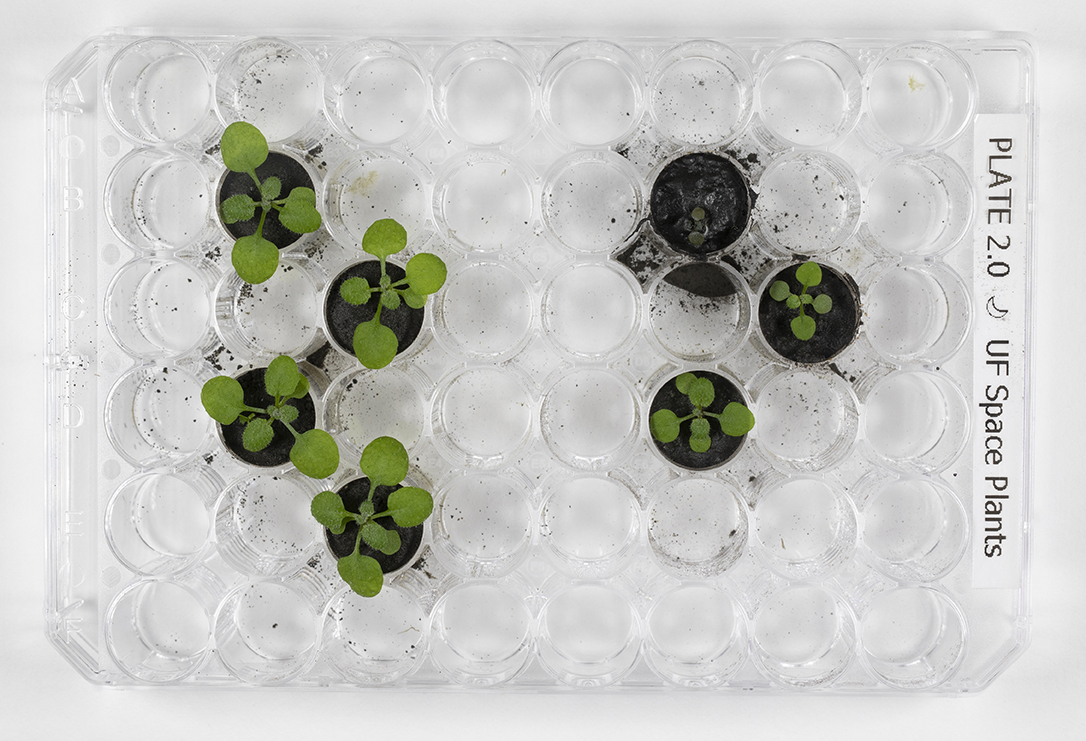Moonshot Research: Scientists Grow Plants in Soil from the Moon

While the moon might not look like a fertile field, it is capable of producing plant life. That’s according to a recent study by University of Florida scientists who have successfully grown plants in soil collected from the moon.

In the study, researchers planted the seeds of Arabidopsis thaliana — a plant related to mustard greens, as well as other cruciferous vegetables such as brussels sprouts, broccoli and cauliflower — in lunar soil (also known as regolith), which was sampled directly from the moon from missions Apollo 11, 12 and 17.
The team added water and then seeds to the samples. They then put the trays into terrarium boxes in a clean room. A nutrient solution was added daily.

“After two days, they started to sprout,” says Anna-Lisa Paul, who is also a professor in horticultural sciences at the University of Florida and first author on the paper. “Everything sprouted. I can’t tell you how astonished we were! Every plant — whether in a lunar sample or in a control — looked the same up until about day six.”
While the plants grown in the lunar soil were not as robust as plants grown in Earth soil, or even as those in the control group grown in a lunar simulant made from volcanic ash, they did indeed grow.

“This research is critical to NASA’s long-term human exploration goals as we’ll need to use resources found on the moon and Mars to develop food sources for future astronauts living and operating in deep space,” NASA administrator Bill Nelson shared in a press release.
The research, he adds, could also have implications for plants growing in stressful conditions on Earth.
“Not only is it pleasing for us to have plants around us, especially as we venture to new destinations in space, but they could provide supplemental nutrition to our diets and enable future human exploration,” says Sharmila Bhattacharya, program scientist with NASA’s Biological and Physical Sciences (BPS) Division. “Plants are what enable us to be explorers.”
Learn more about the research by watching this AgDay Minute (it starts about 1 min. in):
Learn More: Scientists Grow Plants in Lunar Soil







